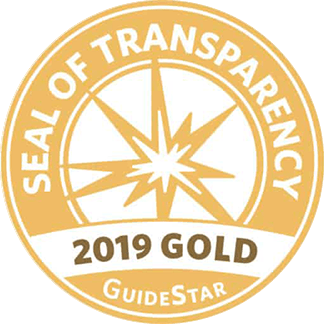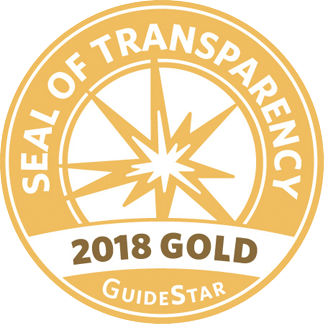New York Paid Family Leave
LGBTQ Families
Paid Family Leave in New York State
What does the paid family leave law do for LGBTQ families?
The law guarantees workers time off to bond with a new child (including adopted and foster children), care for a seriously ill or injured family member, or address certain military family needs.
Am I covered?
If you’re employed outside the government in New York State, either full-time or part-time, you’re probably covered under the law, regardless of how many people work for your employer. The law applies regardless of immigration or citizenship status.
Who can take bonding leave?
A parent of any gender can take bonding leave at any point within the first 12 months following a child’s birth or placement for adoption or foster care.
If a child is joining your family through adoption, you also may be able to take paid family leave prior to a child’s formal placement to facilitate the adoption, such as to meet with an attorney or social worker or travel to another country to complete the adoption. If a child has two parents, each parent (of any gender) has the right to up to twelve weeks of paid family leave.
Who can I take leave to care for?
You can take paid family leave to care for your child, parent, parent-in-law, spouse, domestic partner, grandchild, grandparent, or sibling when that person has a serious health need.
What types of child-parent relationships are covered under the law?
Under the law, your child includes your biological, adoptive, or foster child, as well as your legal ward, your stepchild, the child of your domestic partner, or a child to whom you stand in loco parentis (a phrase that means you have taken on the role and responsibilities of a parent, even if you do not have a biological or legal relationship with the child).
Who is a domestic partner?
Under the law, many types of couples, regardless of gender, can qualify as domestic partners. You do not have to be married or registered under a domestic partnership law or registry. Instead, you can qualify by showing that you depend upon each other—based on factors such as living together, sharing finances, owning property together, having a child in common, or other factors showing the close, personal nature of your relationship. In addition, if you are registered as domestic partners in any jurisdiction (including outside the state of New York), you and your partner qualify as domestic partners under the paid family leave law.
What kinds of health needs are covered?
The law covers leave to care for a family member with a mental or physical illness, injury, condition, or disability that requires either in-patient treatment or ongoing supervision or treatment by a health provider. An ordinary illness, like the flu or a cold, would not be covered.
How much paid family leave can I take?
You can take up to twelve weeks of family leave.
Do I have to take my paid family leave all at once?
No. If you need to, you can take leave intermittently in units as small as one day.
How much of my paycheck can I get while I am on paid family leave?
You can receive 67% of your average weekly pay, up to a cap. In 2023, the cap is $1,131.08 per week. In 2024, the cap is $1,151.16 per week.
Will my job be protected while I am on leave?
Yes. You have the right to return to work. If you receive healthcare coverage through your employer, you also have the right to keep your healthcare coverage under its current conditions.
When can I begin taking paid family leave?
You can start receiving benefits six months after your start date. If you work less than 20 hours per week, you may need to work for slightly longer to qualify.
Who pays for paid family leave?
Workers pay for paid family leave through small payroll deductions. For 2023, these deductions will be no more than an average of $7.68 per week, and many workers will pay less than that. For 2024, these deductions will be no more than an average of $6.41 per week, and many workers will pay less than that.
Do I have any other rights?
You may also have rights related to your family needs under other laws. You can find out more about these rights here. You may also have additional rights connected to pregnancy, childbirth, and breastfeeding, which you can learn more about here.




